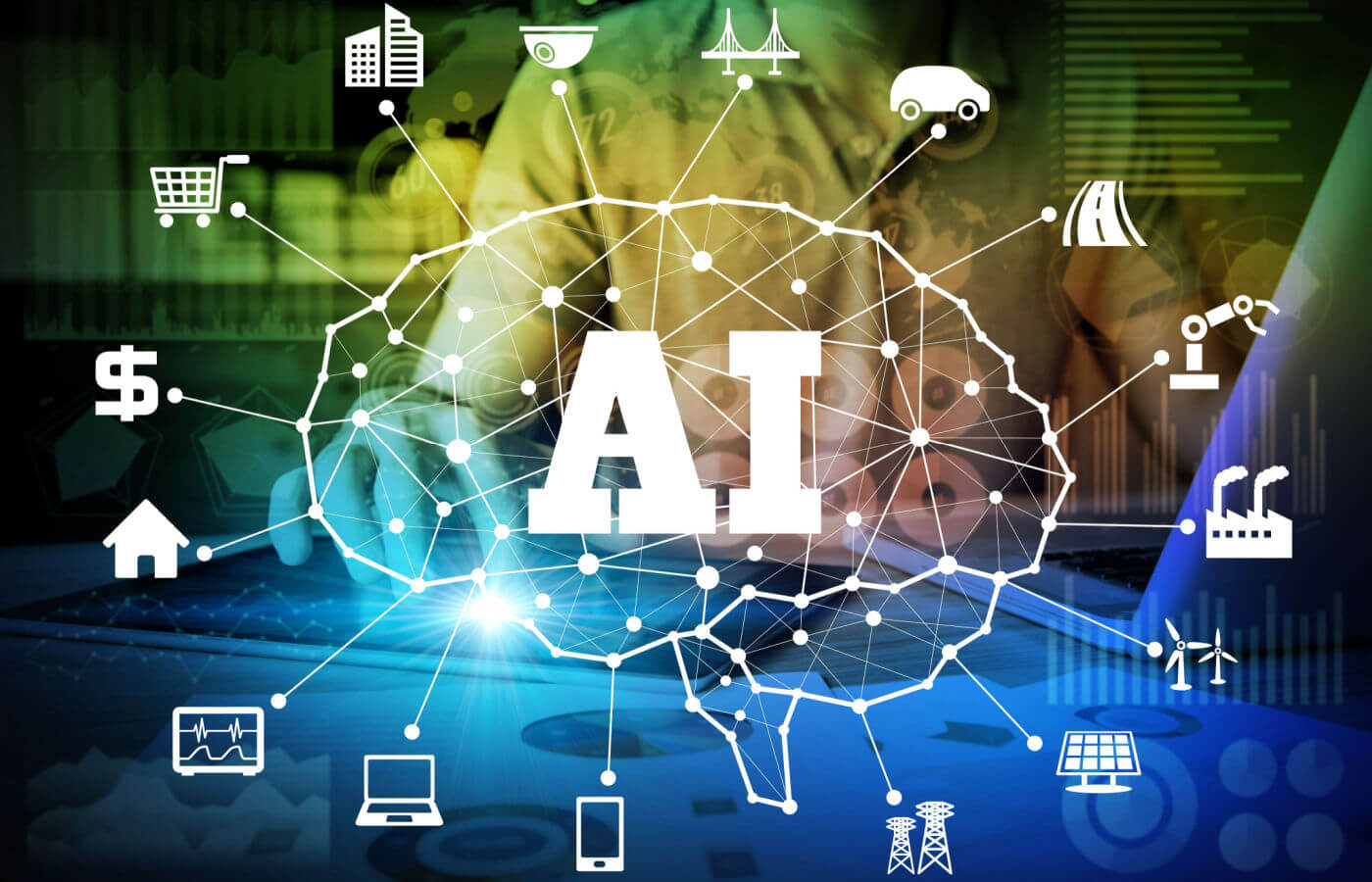FTC Disputes AI Detection Company’s Assertion of 98% Accuracy

FTC Challenges AI Detection Company’s Accuracy Claims
Overview of the FTC Investigation
The Federal Trade Commission (FTC) has recently taken aim at a company’s assertion that its artificial intelligence (AI) detection technology can accurately identify whether content is human or AI-generated with a remarkable 98% accuracy rate. The FTC’s scrutiny arises amidst growing concerns regarding the reliability of AI-generated content and the implications for consumers and businesses.
The AI Detection Landscape
Rise in AI Technologies
As artificial intelligence continues to evolve, businesses and institutions are increasingly leveraging AI for a variety of applications, from automated customer service to content generation. This rapid advancement has created a pressing need for reliable tools to distinguish between human-produced and machine-generated content.
The Challenge of Authenticity
The proliferation of AI-generated content has led to difficulties in verifying authenticity. This challenge has invited companies to develop detection tools aimed at filtering out AI-generated outputs. However, the reliability of these tools remains a topic of intense debate among experts.
The Controversial 98% Accuracy Claim
The FTC’s Response
The FTC’s investigation suggests skepticism regarding the bold claims made by the AI detection company. Critics argue that the promise of 98% accuracy may mislead users and pose risks, especially for entities that rely heavily on these detections for critical decision-making processes.
Potential Consequences
False claims about the effectiveness of AI detection tools can have serious ramifications. Businesses that depend on these systems may encounter significant losses if they erroneously classify content. Misinformation surrounding these tools could also erode consumer trust in AI technologies, undermining advancements in the field.
Importance of Transparency and Verification
The Need for Rigorous Standards
In light of the FTC’s actions, it’s essential to promote transparency in the development and marketing of AI detection technologies. Companies should adhere to rigorous testing and verification processes to substantiate their claims, ensuring that users receive accurate and reliable information.
Educating Consumers
Additionally, there’s a pressing need to educate consumers and businesses about the limitations of AI detection tools. Understanding that no system can guarantee complete accuracy in distinguishing between human and AI-generated content is vital. This knowledge can help users make informed decisions when utilizing such technologies.
Moving Forward
The Role of Regulatory Bodies
As AI technology continues to permeate various sectors, regulatory bodies like the FTC must actively monitor and evaluate claims made by companies. Creating stringent guidelines and regulations can help ensure a balanced marketplace where innovations flourish while also protecting the interests of consumers.
Industry Collaboration
It would also be beneficial for companies developing AI detection technologies to collaborate with researchers, academics, and regulatory agencies. Engaging in discussions around best practices, research findings, and transparency can help build a more reliable framework for these tools.
By fostering a culture of accountability and responsibility, the AI industry can pave a path for more trustworthy applications that serve users effectively. The ongoing dialogue surrounding the FTC’s investigation signifies the crucial balance between innovation and consumer protection in the ever-evolving landscape of artificial intelligence.





